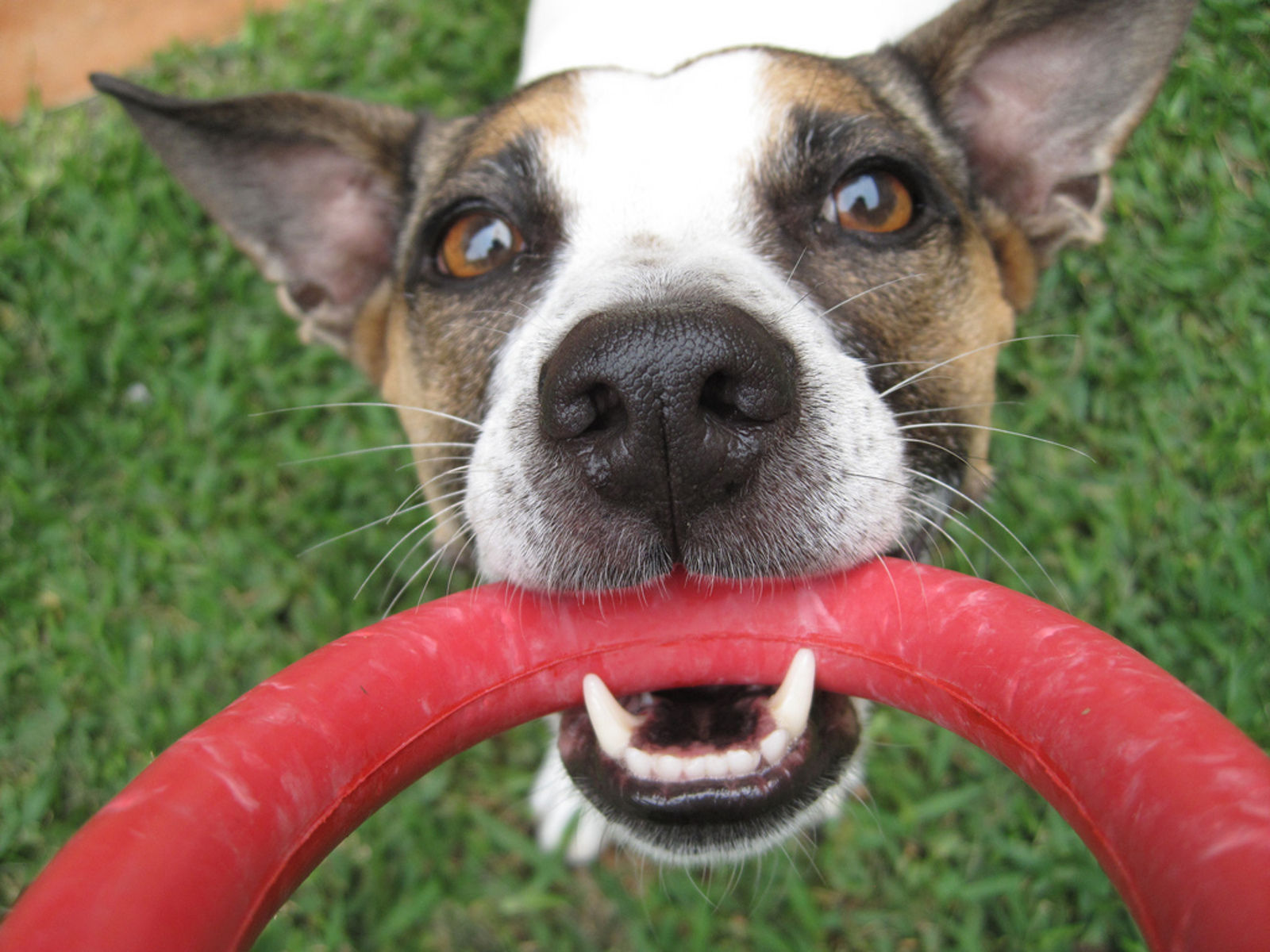As with most body parts in dogs mother nature didn t place those ridges on the roof of the dog s mouth just for decoration.
Hole in roof of dog s mouth.
Secondary clefts the type we refer to throughout this article occur when the palate does not form together in a typical fashion thus leaving a hole or gap between the cavities of the mouth and nose.
A lesson in anatomy.
Foreign objects embedded in mouth.
Signs are seen when the growths interfere with picking up food chewing or swallowing.
You can t tell at first glance but pez s problem is a large hole in the roof of his mouth.
Most particularly his left lower canine tooth goes inside the upper canine and is therefore hitting the roof of his mouth.
Oral tumors in dogs are typically found on the roof of the mouth or around the gums but they can be located anywhere in the mouth.
Turns out those ridges carry out several important functions.
Those that are located on the roof of the mouth can be observed quickly by looking inside the dog s mouth.
Dogs are forever finding foreign objects to chew on and sometimes those objects cause lacerations punctures or even abscesses in your dog rsquo s mouth.
One of the most common mouth related conditions that veterinarians generally see in dogs is injury from foreign objects like sticks pieces of mulch or rawhide embedded in a dog s mouth says dr.
Now when he eats food gets in the hole and up into his nose causing some pretty violent sneezing jags.
The roof of the canine mouth consists of a hard palate and a soft palate.
Sticks can become lodged in the roof of your dog rsquo s mouth causing irritation and panic in your dog.
Since this has presumably been going on since his adult teeth grew in at the age of six or seven months he now has a hole in the roof of his mouth which is of course painful and a breeding ground for infection.
Dogs aren t the only animals to have ridges on the top of their mouth.
Oral tumors are also a concern when any type of mass is found your dog rsquo s mouth.
Humans actually have them too.
Viral warts are most common in young dogs and often appear suddenly with rapid growth and spread.
Posted september 14 2007 1 59 p m.
The hard palate is the bony tissue located in the anterior or front part of the roof of the mouth while the soft palate is soft tissue located behind the hard palate in the back part of the mouth.
Dog mouth cancer usually affects older dogs but is diagnosed in younger dogs on rare occasions.
Dog with hole in mouth may lead to medical breakthrough.

